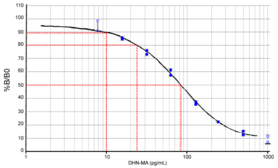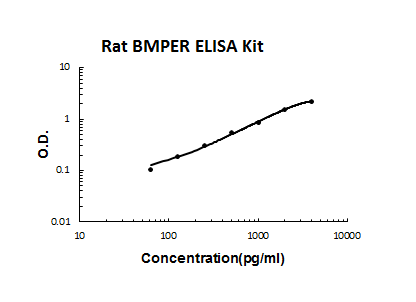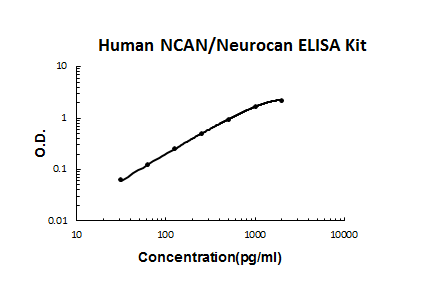Description
Lipid peroxidation is a well-established mechanism of cellular injury in both plants and animals and is used as an indicator of oxidative stress in cells and tissues. Measurement of 4-hydroxy-2-nonenal (HNE), an aldehyde formed during the lipid peroxidation process, is one of several accepted biomarkers for lipid peroxidation. 1,4-Dihydroxynonane mercapturic acid (DHN-MA) is the major urinary metabolite of HNE present at physiological levels in rat and human urine. It can be measured without extraction and offers an alternative lipid peroxidation biomarker aside from 8-isoprostane or TBARS. This DHN-MA EIA Kit is a competitive assay that can be used for quantification of DHN-MA in urine samples. The EIA typically displays an IC50 (50% B/B0) of approximately 75 pg/ml and a detection limit (80% B/B0) of approximately 10 pg/ml.
Formulation:
Formal name:
Synonyms: 1,4-Dihydroxynonane Mercapturic Acid ELISA
Host:
Imunogen:
Applications:
Clone:
Purity:
Origin:
Application|ELISA||Product Type|Assay Kits|ELISA||Research Area|Oxidative Stress & Reactive Species|Lipid Peroxidation




